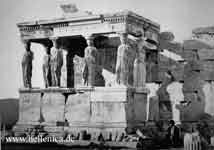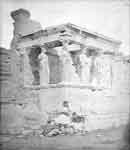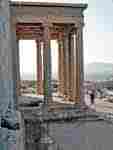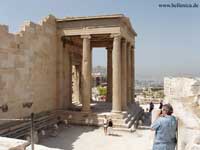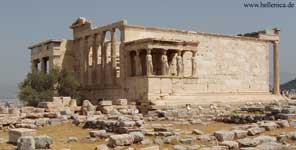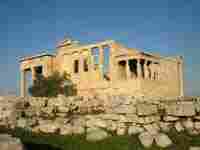.
Das Erechtheion auf der Akropolis von Athen und die Karyatiden
“There is also a building called Erechtheum; and before the entrance is an altar of Zeus Hypatos, where they offer nothing that has life, but it is their custom to place cakes thereon and not even to add any wine. On entering there are altars, one of Poseidon on which they also make offerings to Erechtheus in consequence of an oracle, another of the hero Butes, and a third of Hephaestus. There are also on the walls paintings of the family of Butadae. And (for the building is double) there is also a great sea water within in a well. (Now this is no great marvel; for it occurs also at other inland places, as for example at Aphrodisia in Caria; but this well here is noteworthy for a sound of waves when a south wind has blown.) And in the dispute about the country. “While the rest of the city and indeed the whole land is sacred to Athena (for even those who in the demes are wont to worship other gods, none the less hold Athena in honor), still the object which by common consent was held to be the holiest many years before the people came together from the demes [into Athens] is a statue of Athena on the present Acropolis, then called Polis; legend declares that it fell from heaven...
“Then there is in the temple of the Polias a wooden Hermes, said to be a dedication of Cecrops, invisible under branches of myrtle. There are other dedications worthy notice,--among the antiquities a folding stool, the work of Daedalus, and spoils from Medes, the corselet of Masistius, who commanded the cavalry at Plataea, and what is said to be the dagger of Mardonius. Now I know that Masistius was killed by the Athenian cavalry; but since Mardonius fought against the Lacedaemonians, and fell by the hand of a Spartan, the Athenians would not have received this dagger originally, nor are the Lacedaemonians likely to have given it to them. “About the olive tree they have nothing else to say than that it came into being as evidence for the goddess in the contest about the country. They tell this story too, that the olive tree was burned up, when the Medes set fire to Athens, but though burned up, it put forth on the same day a new shoot two cubits long “Adjoining the temple of Athena is a temple of Pandrosos; and Pandrosos in the only one of the sisters blameless in the matter of the charge entrusted to them.
Paton, J. M., ed. The Erechtheum. Cambridge, MA: Harvard University Press, 1927
The Erechtheion, an Ionic temple, which an unusual design compared to other temples, and with rich ornamental decorations. Building started around 421 BC and completed around 406 BC (architect probably Mnesicles some say Archilochos and Philocles and others Kallikrates the architect of the Nike Temple). It was build approximately on the place of an older Athena Temple destroyed in 480/79 by the Persians. In the medieval times its interior was modified serving as a church.


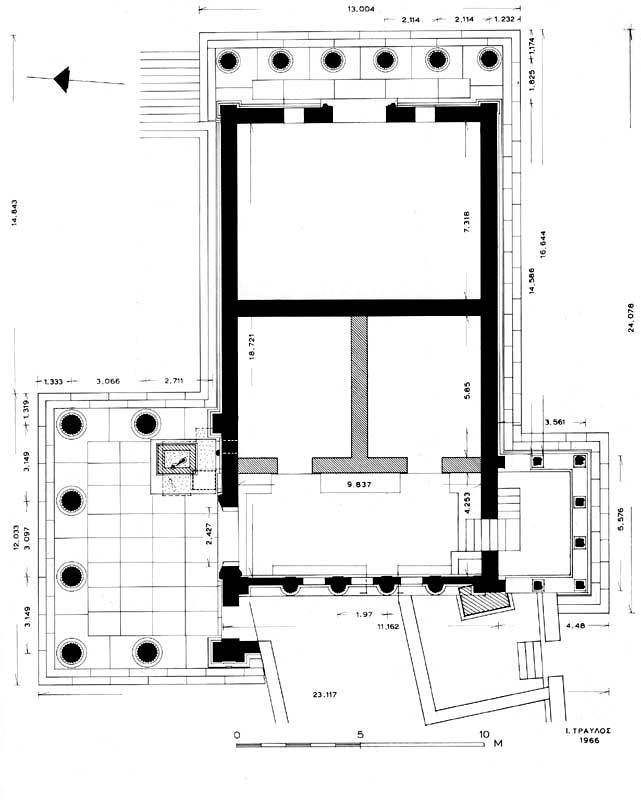
Reconstruction plan according to J. Travlos, Bildlexikon zur Topographie des antiken Athen, Tübingen 1971
See also a reconstruction image from the interior with the position of the lamp of Kallimachos (“a golden lamp which burnt for a year without refilling and had a chimney in the shape of a palm (Pausanias: Guide to Greece I.xxvi.6), i.e. a hollow column with an Aeolic ‘reed’ capital”) www.erechtheion.org
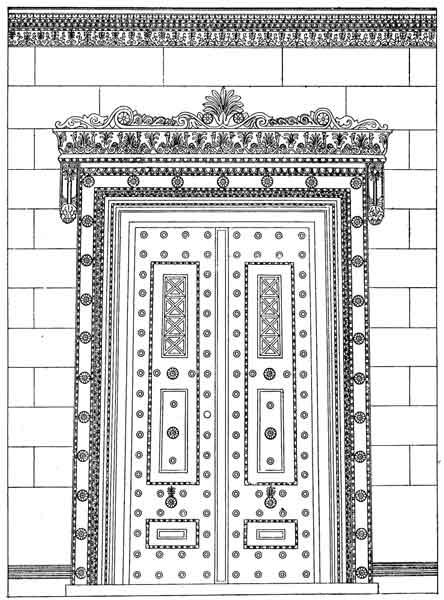
Erechtheion Door
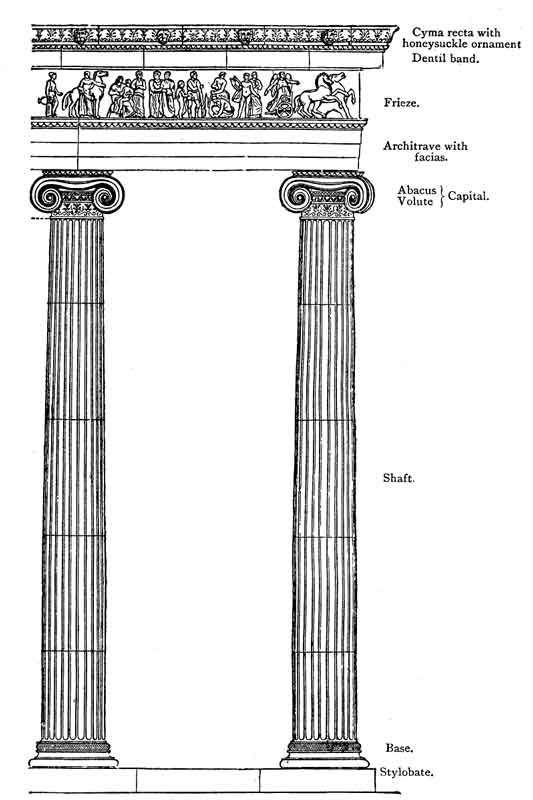
Erechtheion Ionic Columns
A complex design that supposed to represent the legendary contest between Poseidon and Athena for guardianship of the city of Athens. Poseidon sea water representing the Athenian power finally lost the competition with Athenas gift of the olive tree. Poseidon by throwing down his trident created a salt water spring, the Erectheis. The Athenians, dedicated shrines to both deities within the same temple and the name was from Erechtheus a legendary king of Athens. Erechtheus father was Erichthonius, the son of Hephaistus and the Earth (actually Poseidon tried to rape Athena and in the last moment Athena managed to escape and from the semen of Poseidon that impregnated the Earth Erichthonius was produced). That Poseidon and Athena were both worshiped at the same place is one strange story of the religion of the ancient Greeks.
A colored reconstruction image of the Erechtheion from http://www.ne.jp/asahi/daikannw/network/webacropol/erechtheio.html )
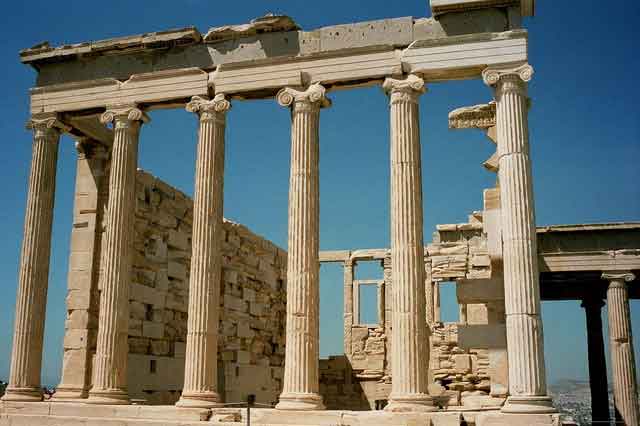
(Source)
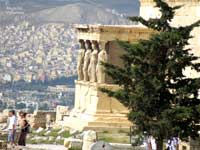


A closer view of the Caryatides, young women wearing a peplos (They are not identical in design!, height c. 2.31). They support the roof of the south porch of the Erechtheion (Caryatid portico, The Porch of the Caryatids). Probably a work of Alcamenes (or Alkamenes), a student of Pheidias. Today only copies of the original Caryatides are shown. The originals are in a Museum. One stolen Caryatis is in the British Museum. (Source)
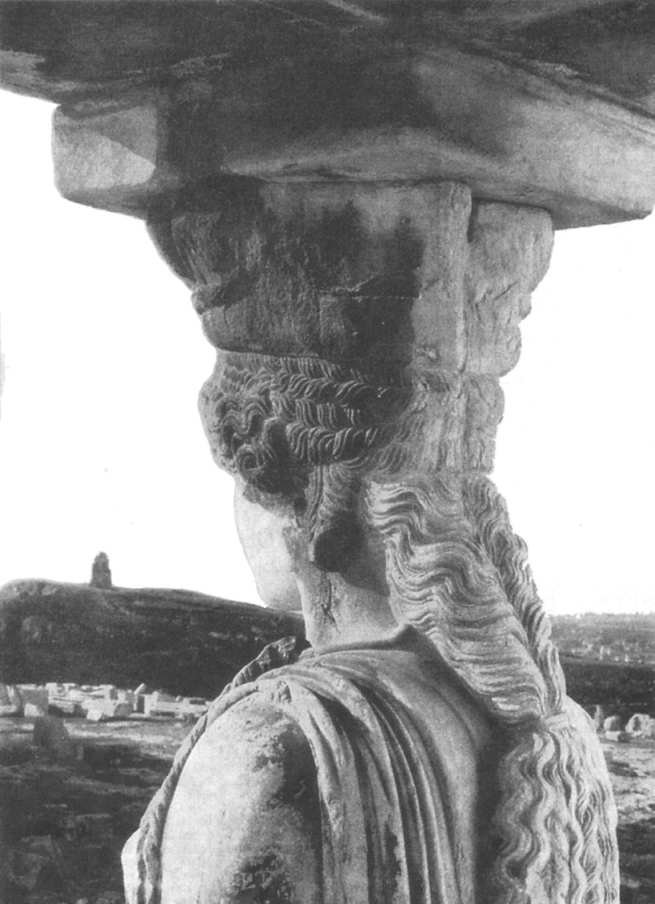
A view behind a Caryatid of the Erechtheion.
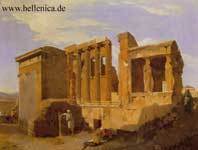
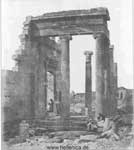
A Erechtheion Kore (3D View) German Page)
In the 7th century AD the Erechtheion was a byzantine Christian church and in 1463 it was used as a house for the Harem of the Turkish commandant of the Acropolis. A British ambassador at Constantinople (Instabul), Thomas Bruce, the 7th Earl of Elgin, “removed” one Caryatid from the Erechtheion (and many other sculptures from the Parthenon) which he sold to the British government. (Elgin Marbles)
Decoration of the Erechtheion wth Palmettes and "Eggs"
What represent the Caryatides ?
A story about the 6 Korai (girls) of the Erechtheion, known also as Caryatides by Vitruvius:
Unless acquainted with history, an architect will be unable to justify the use of many ornaments that may be introduced. For instance, should any one question the origin of those draped matronal figures crowned with a mutule and cornice, called Caryatides, the explanation lies in the following history. Carya, a city of Peloponnese, joined be Persians in their war against the Greeks. These in return for the treachery, after having freed themselves by a most glorious victory from the intended Persian yoke, unanimously resolved to levy war against the Caryans. Carya was, in consequence, taken and destroyed, its male population extinguished, and its matrons carried into slavery. That these circumstances might be better remembered, and the nature of the triumph perpetuated, the victors portrayed these women as draped, and apparently suffering under the burden with which they were loaded, to expiate the crime of their native city. Thus, in their edifices, did the ancient architects, by the use of these statues, hand down to posterity a memorial of the crime of the Caryans. Vitruvius, The education of an Architect
Another possibility is that they are just architecture elements used for example in the Siphnian Treasury in Delphi (there are doubts that Vitruvius provides a true story)
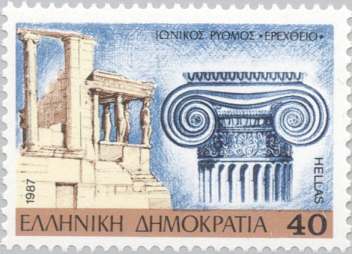
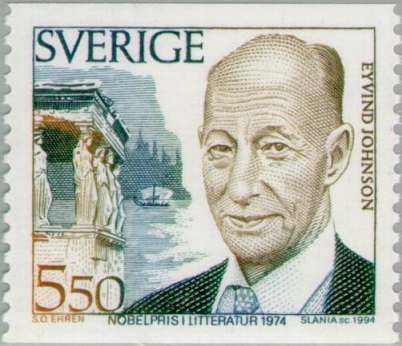
Ionic Order and the Erechtheion, Eyvind Johnson, Nobel Prize Literature 1974 and the Erechtheion


World Heritage - the Acropolis, with the Parthenon and the Erechtheion, United Nations Stamp
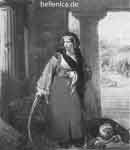
Asimo Lidoriki, "Daliana", killed in the Erechtheion 12 January 1827
Alexandra Lesk, “New Images of the Erechtheion by European Travellers, ” in Symposium on Mediterranean Archaeology (SOMA) 2003, BAR, in press
Music
Joonas Kokkonen (1921-96) , Erekhtheion
| Ancient Greece
Science, Technology , Medicine , Warfare, , Biographies , Life , Cities/Places/Maps , Arts , Literature , Philosophy ,Olympics, Mythology , History , Images Medieval Greece / Byzantine Empire Science, Technology, Arts, , Warfare , Literature, Biographies, Icons, History Modern Greece Cities, Islands, Regions, Fauna/Flora ,Biographies , History , Warfare, Science/Technology, Literature, Music , Arts , Film/Actors , Sport , Fashion --- |
Retrieved from "http://en.wikipedia.org/"
All text is available under the terms of the GNU Free Documentation License

